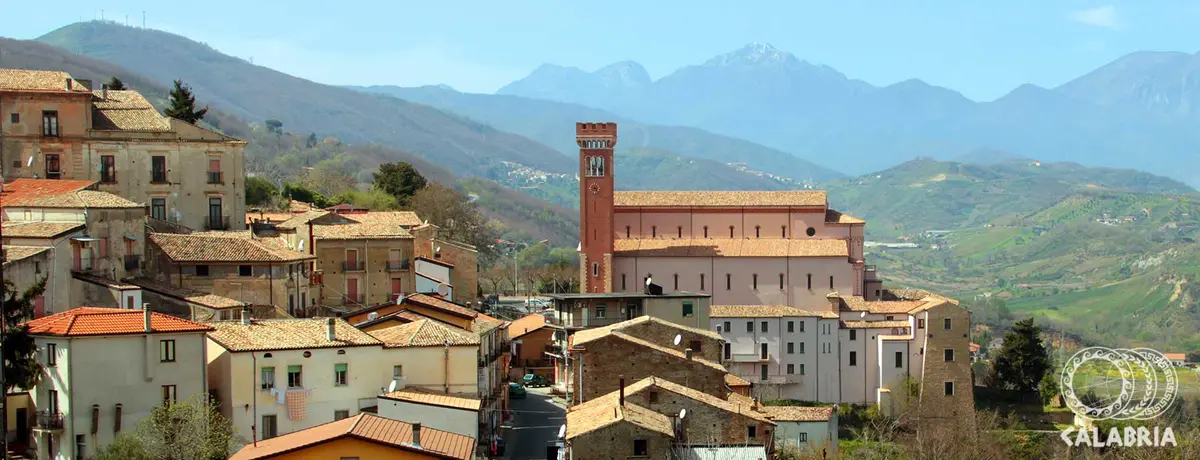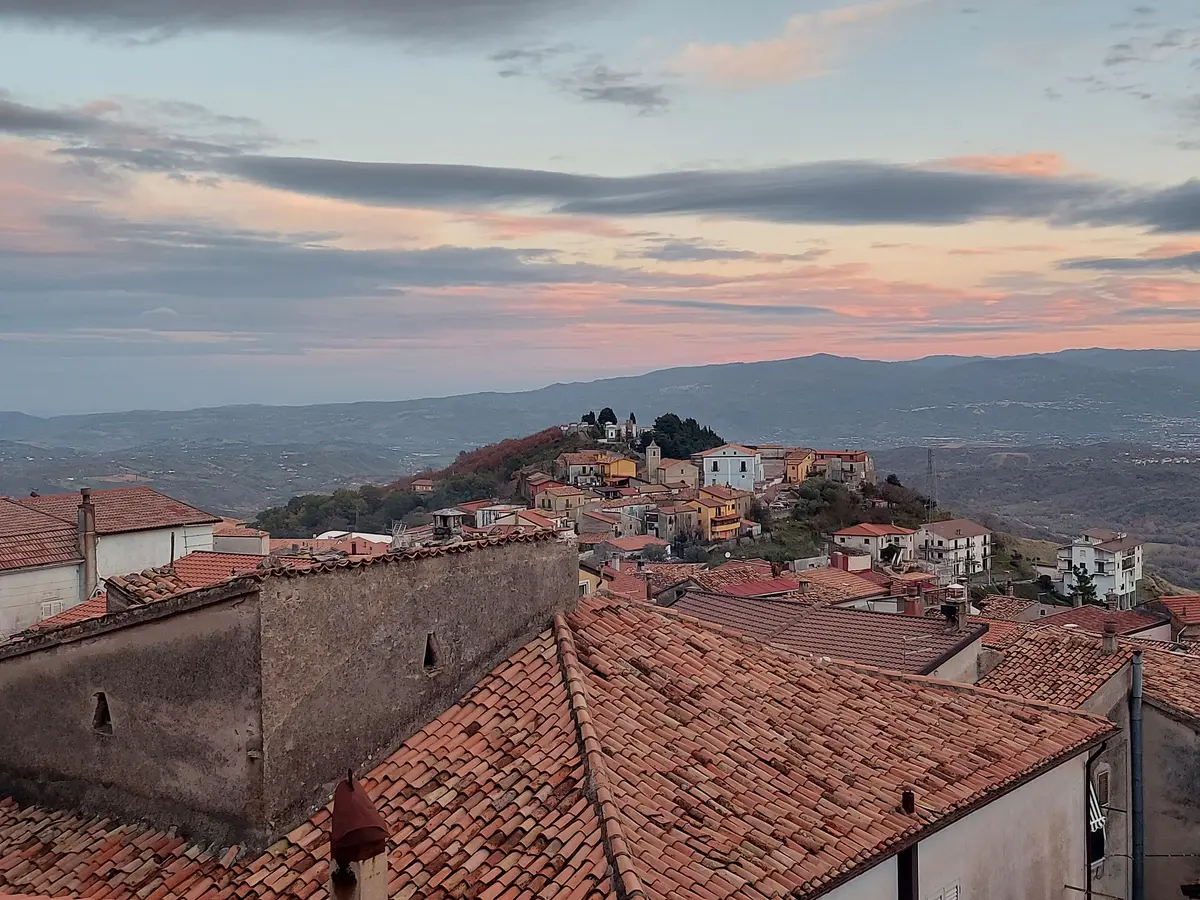Fuscaldo
Fuscaldo, the charm of the “stone village”

Historical centres
Fuscaldo rises on an extended surface between the Tyrrhenian Sea and the coastal mountain range. Of particular value is the historic town centre, nestled in the hills. Also known as "paese di pietra” (stone village), Fuscaldo was mentioned for the first time in 589 A.D. as Castrum Fuscalidi. Noteworthy of a visit are valuable medieval and Renaissance buildings, among which, in particular, is the Palazzo Valenza as well: ancient churches, one hundred portals, arches, terraces and towers chiselled by stonecutters and local stone masons.
A village crafted by stone and wind, which has endured both weather and a solitary position, whose historical town centre displays the vestiges of a glorious and ancient past.
A village crafted by stone and wind, solitary and severe, whose historical town centre displays the vestiges of a glorious and ancient past. Its origins are mysterious: Some experts claimed that it was founded by the Osci or Oenotrians; others assumed that the Greeks from Sybaris settled their first community around the pre-existing Elce stronghold soon after their defeat by the Crotonians. The area was definitely inhabited by the Romans and there are evidences that it was a Lombard camp. Evidence to confirm that the area was inhabited in Greek and Roman times was found in several tombs discovered in past centuries, particularly in San Leonardo, Garrafa, San Pietro and Lago, all containing Greek and Roman coins and jewels.
Evocative are the landscapes and views of the sea and equally fascinating is the natural scenery, from the gravel and sandy stretches of Marina di Fuscaldo to wooded areas, rich in streams and large clearings in hills and mountains. Tourists who decide to visit these places have a wide offer of activities available; on the one hand they can go for walks in nature to admire the beauty of the rural landscape and to enjoy the tastes and flavours of a tradition kept alive by agriculture, while on the other, they can appreciate the nearby pebbles and fine natural sand beach with cliffs that plunge into an emerald green sea; perfect destinations for snorkelling lovers. Another option is a charming stroll along the narrow streets and steep staircases that ascend to the historical town centre until reaching the Piazza Indipendenza; Fuscaldo's thriving and scenic heart, also known for its numerous sandstone or “tuff” portals decorated by local master stonemasons for the stately buildings that make up its precious historical town centre. Among all and of undeniable historical value is Casa di Vienna (Vienna's home), where Vienna da Fuscaldo, mother of San Francesco di Paola (Saint Francis of Paola) was born and which today has become a refuge for pilgrims. The Oasi di Vienna (Oasis of Vienna) is located close to the Convento di San Francesco (Convent of Saint Francis); the great monastic complex which boasts a church and two libraries as well as a cloister and represents one of the oldest architectural gems throughout the country. Additionally, within the town centre it is possible to visit the Chiesa Matrice (the town's main church), also very ancient and dating back to the XI/XII century while the Chiesa dell'Immacolata (Church of the Immaculate Conception) which with its high belfry supported by 12 columns of sandstone (known locally as tuff or “tuffa”) draws attention. The area's main resources are the fishing of Anchovies, bluefish par excellence, that live in the local seawaters. They are celebrated in an event called “Fuscaldo: Alici in Festival” (Fuscaldo Anchovies’ Festival) that draws, thousands of visitors every summer.
Fuscaldo Castle
Few ruins remain of the Castello di Fuscaldo, placed on a buttress of Serra Pantalonata between the valleys of the Maddalena and Mercando stream and dating back to the XII century. A fief of the Tarsia, Ruffo, Marzano and lastly Spinelli families from 1496 until 1806. The latter, a Catholic family supporter of the Holy Inquisition, reorganised the ancient fortification, making many changes. The castle guards the history of the tragic fate of the Waldensians who fled persecution in the Piedmont Region and took refuge in Calabria to work the lands of the Marchesi Spinelli; here they were also declared heretics and subjected to a first process within the actual Fuscaldo Castle. All that remains of the castle is a small part of the city walls.
Useful information
What to know about Fuscaldo
Where to Sleep
There are 22 available accommodations.
Travel Ideas
There are 2 travel ideas.
Infopoint Fuscaldo
Via D. Sansoni, 21, Fuscaldo
No result







